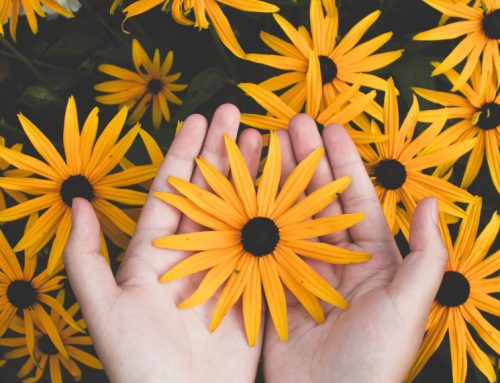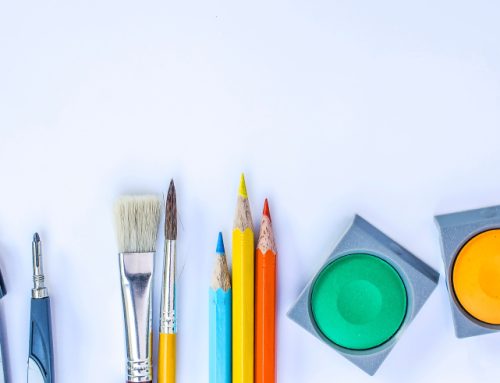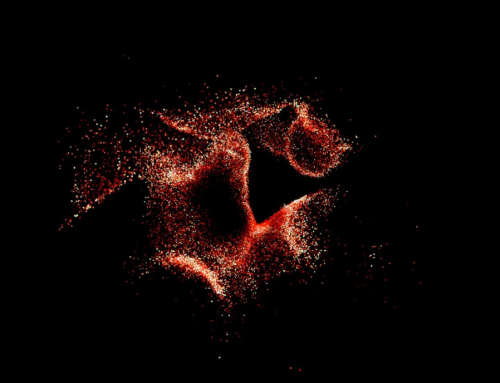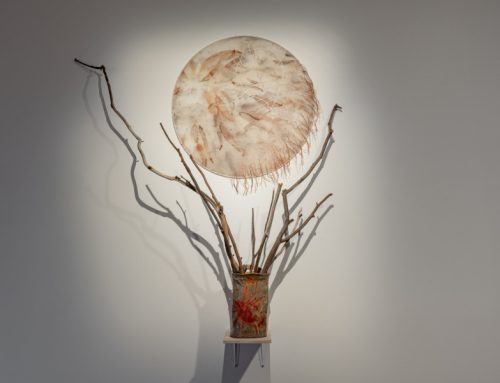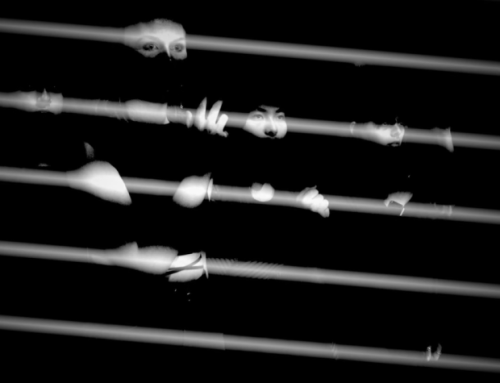As we gather ourselves into the new year – and also anticipate the arrival of a new Cultural Policy in Australia, due to be released at the end of the month – we can take a moment to be reflective about the state of our field and our sector.
And the sector is maturing.
The first two decades of the 21st century may perhaps now be regarded as a ‘first wave’ in arts and health, as it grew out of practice and its roots in community cultural development. During the first wave, we were oriented to advocacy, and scrambling to document anything of our work amid a paucity of recognition, resourcing and time and energy. But now arts and health is firmly, if not securely, at the table, with activity taking place across the health sector, and national and State governments aware and interested. There is space – perhaps – to tackle some difficult internal conversations needed for the field to grow.
At the top of the agenda
are two connected issues: evidence, and ethics. The last 3 years have seen the release of some major evidence reviews and syntheses of evidence (particularly from the World Health Organisation (2019) and the European Union (2022)). These were intended to serve as the ‘evidence base’ with which the sector could advocate for increased funding and support. But there have been very serious critiques of these evidence syntheses (see here, here and here) led by music and health researcher Prof Stephen Clift, showing that claims of benefit have been made on very spurious grounds indeed. There has also been epidemiological research from the World Health Organisation Collaborating Centre for Arts and Health and elsewhere, indicating that people from less socially advantaged backgrounds may engage less and get less benefit from arts and health. This finding signals how easily arts and health could join the majority of health promotion efforts in providing what is essentially middle class welfare, in a world where growing social inequality is the major driver of ill-health – and that is a serious ethical issue for the sector.
The arts and health sector cannot benefit long term from a weak evidence base
and overblown claims of transformation, nor from a romanticised ‘saviour of the vulnerable’ stance. So creating space for grappling collectively with what evidence is, what methods can produce useful evidence, and what and who it is for, is now important. This means confronting the thorny issue of how evidence gets produced. One reason the evidence base is weak (mostly composed of tiny studies using unvalidated, bespoke survey instruments and convenience samples, and hence producing no comparable or generalisable findings) is because it has been driven by short term needs: organisations who need ‘something’, preferably quantified, to go in an evaluation report, scholars who need to publish ‘something’ to remain secure and progress their careers. None of this is in any way a failure of integrity; everyone is well-intentioned, and making the best pragmatic choices they can.
The health sector has both beneficial and problematic influences on evidence for arts and health.
The critical perspective brought by Clift and the epidemiological studies of relationships between social inequality and arts and health (along with implementation science and the ‘community assets’ approach) brought by Fancourt’s WHO CC are examples of the benefits of bringing the ways of thinking and research methodologies used in public health and health policy, to arts and health. But actually, the health sector is only just beginning to develop methods adequate to tackle the non-linear complexity that characterises arts and health. In fact, as those in arts and health have warned for years, the uncritical use of the ‘hierarchy of evidence’ and other methodologies adopted from safety and efficacy testing of pharmaceutical therapies, coupled with a failure to adequately theorise causality or plausible mechanisms and processes of action, are just as likely to produce spurious research outcomes as artists who naively invent survey instruments on the fly.
Such methods are not designed to consider how and why
the very set up of particular policies and programs may create the conditions in which some benefit from (increased access to) arts and culture based activities, but others are made less well off because the conditions of access require that the person involved is categorised, and hence pathologized or disempowered, as ‘mentally ill’ or ‘disabled’. The latter group may experience lower wellbeing. Such methods are also not designed to understand how and why the same inputs in the same people might produce different outcomes over time or in different circumstances, but this is what we would expect to find if causal pathways are non-linear and interactive (which is the case in nutrition, let alone arts and health).
In Australia, we have the privilege of leadership from Aboriginal and Torres Strait Islander practitioners and elders
in the arts and health sector, an incredible benefit not easily available to research centres in the UK and EU. And these First Nations voices help remind us that a unique aspect of arts and health is its capacity to critique and resist and re-create ourselves and our lives and our connectedness (simultaneously!) in our situated circumstances (of these circumstances, I tend to say ‘coloniality, late (extractive) capitalism and normative individualism’ but others might say ‘social determinants’ or ‘trauma’ or ‘community transitions’ or ‘planetary health’, or speak from their lived experience). It is not only plausible but likely that some of the value – I say ‘value’, because it goes beyond ‘benefit’ – of arts and health is precisely because it rejects and reframes the knowledge, language, norms and assumptions of the health sector, where the health sector instantiates and perpetuates forms of governance that are, at best, not helping us. Some of our work is most impactful and most exciting because it connects these great arcs of broader meaning, the ethical importance of what is particular (the uniqueness of persons and their specific relationships) and our own individual and collective agency, to health: a health defined by the actors involved, and not by hegemonic institutions or knowledge systems.
As the sector matures,
this authentically interdisciplinary and collaborative work: a multivocal approach adequate to holding onto open-endedness, complexity and flexibility. The best research and practitioner activity in both #artsandhealth and the cognate fields of #healthhumanities and #medicalhumanities at present takes place, slowly, in multidisciplinary collaborations – where artist and consumer voices are as prominent as the more hegemonic (yet also, critical!) perspectives of academic researchers, particularly those firmly rooted in ‘health’. To their credit, the WHO CC takes this seriously, and it is becoming an expectation for most projects, such as the Big Anxiety Research Centre. An ethics of knowledge creation that is forever a little un-settled is slowly developing, and opens the door to both impactful programs, and epistemic maturing.
With particular thanks to great conversations with the Arts Health Network Queensland co-leads Erica Rose Jeffrey and Lynne Seear. And with celebration of the open-heartedness of our sector and our commitment to work collaboratively across the structures that sometimes threaten to place us in competition with each other or to defend our disciplinary boundaries at the cost of our open curiosity.

